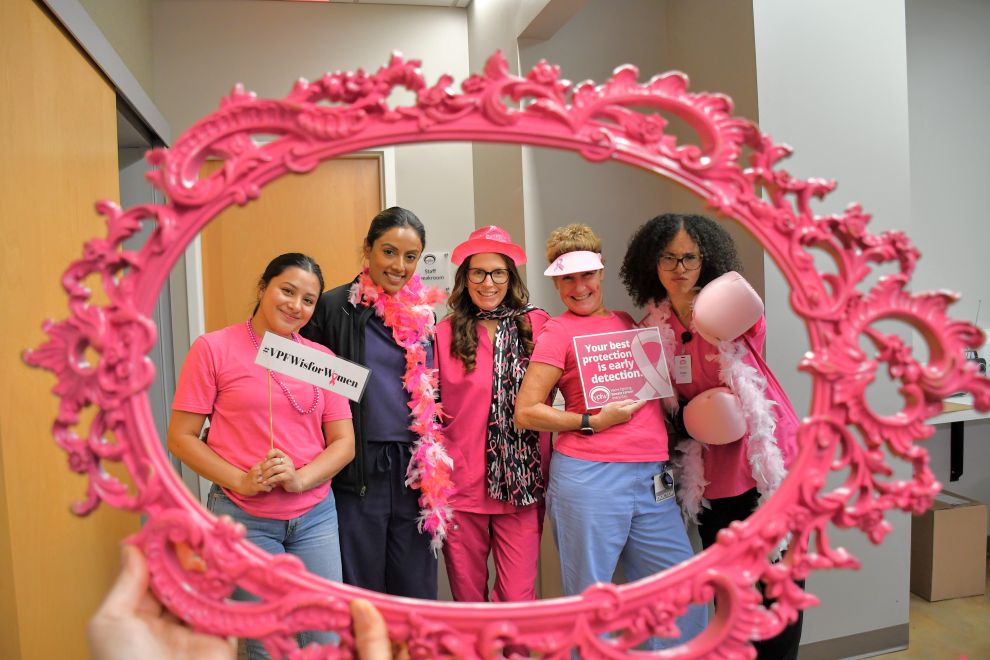Over the last several years, women have been told that the annual Pap is no longer required. The changes in the frequency of required Pap smears have been around long enough that the majority of women now know that a normal Pap smear in most cases means not requiring another Pap smear for three years, or in some cases, longer.
Since the Pap was introduced in the 1950’s, Dr. Papanicolaou’s work with mice has resulted in a dramatic decrease in deaths from cervical cancer. Over the years this groundbreaking work has yielded a new understanding of the precursor lesions of the cervix that can progress to cervical cancer and sometimes regress to normal on their own, and are now known to cause over 99% of all cervical cancers. The human papillomavirus (HPV) has many variations, and science has identified 33 subtypes that are associated with cervical cancer and have been designated high risk. The association of an abnormal Pap smear and a high-risk HPV (HR HPV) indicates a patient at risk for progression to cervical cancer. Fortunately, the “annual” Pap smear has allowed primary care (PCP) and OB/GYN physicians to identify women at risk for progression to cervical cancer.
This has been the big story. Fortunately, it has also allowed us to identify women at low risk of developing an abnormal Pap smear or cervical cancer. Thus, we have new criteria for follow-up Pap smears, which are based on long-term data on the natural history of Pap smears along with the natural history of the HPV virus. It was found that young healthy women who were exposed to the virus through sexual activity were able to clear the virus, just like any other infection, greater than 90 percent of the time. In addition, many women who received the HPV vaccine and are at low risk for infection are better able to clear the virus and have a virus-free cervix. The recommendation is to start screening women at the age of 21. This now eliminates the practice of treating very young women for cervical HPV infection that they were going to clear anyway.
The bottom line is that unless your Pap smear has been abnormal, you don’t need one every year, and if you are over 30 and have had a negative high-risk HPV DNA test for your last Pap, you—the patient—can elect to go up to five years between Pap smears.
Now, for the other side of the story. Your annual exam is not just a Pap smear. Your annual exam is an opportunity for your PCP or OB/GYN to review your family history, (especially cancer), update your medications and check for interactions, and order other tests. Much can be learned from your family history, especially first-degree relatives (mother, father, sisters and brothers).
Colon cancer, breast cancer and ovarian cancers in first-degree relatives impart significant risk to your health and need to be updated on a regular basis. An example is breast cancer. Breast cancer in a first-degree relative doubles your lifetime risk, and two first-degree relatives or breast cancer in a male quadruples the risk.
I encourage you to make that appointment, see your doctor every year, don’t smoke, watch your weight, eat healthy and exercise.





